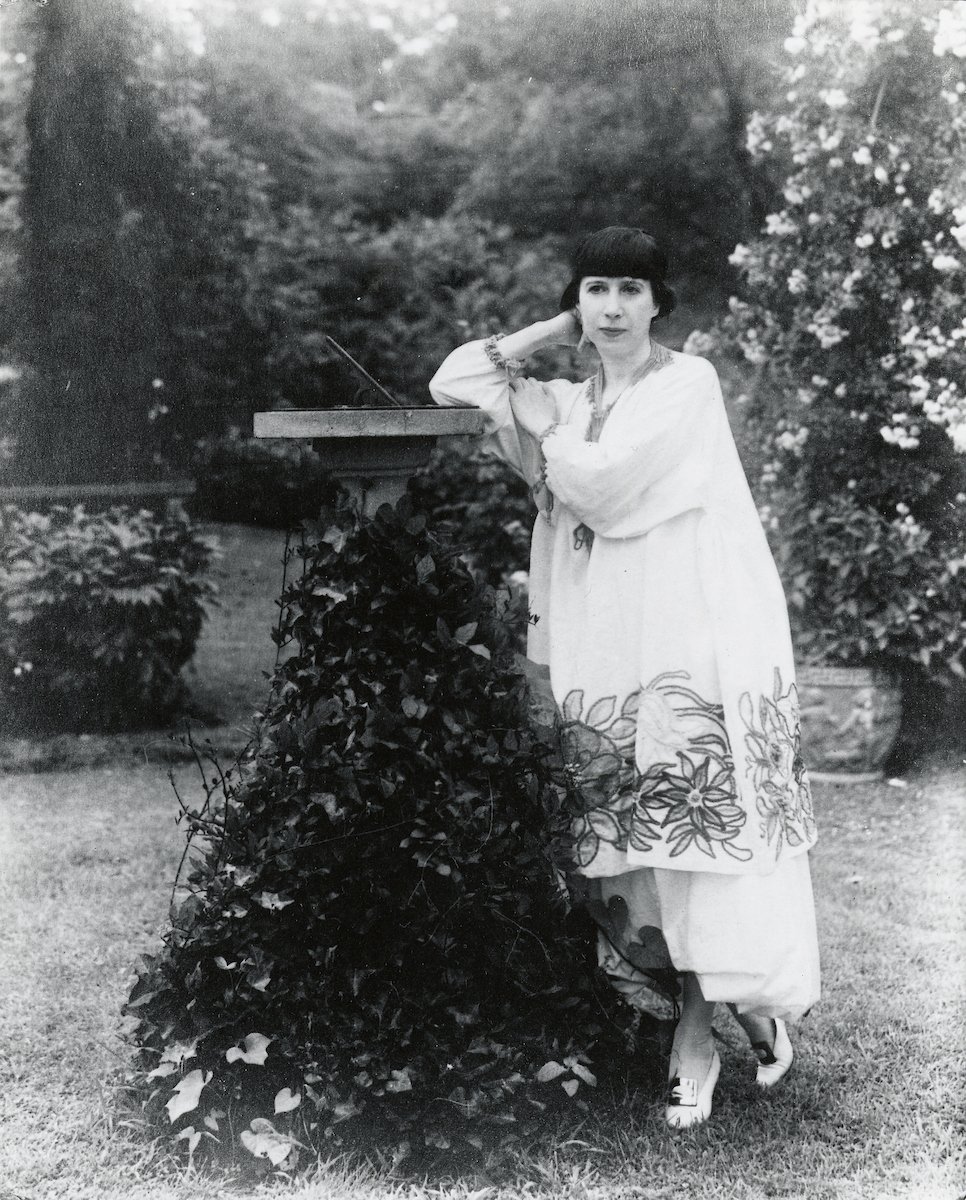
A revered artist who languished in relative obscurity for decades after her death in 1944 will now receive one of the most significant markers of recognition an artist can get: a deeply researched compendium containing the entire known body of work, known as a catalogue raisonné.
New York Modernist Florine Stettheimer will get this treatment courtesy of art historian Barbara Bloemink, who was hip to Stettheimer’s importance far ahead of her recent renaissance: she wrote a chronology of the artist’s life for Yale University Press a quarter-century ago and Germany’s Hirmer Press published her Florine Stettheimer: A Biography in 2022 (the New Yorker deemed it one of the year’s best books). New York’s Wildenstein Plattner Institute will publish the project on its online platform.
Bloemink can rattle off a list of career achievements by the artist.
“During her lifetime, the Museum of Modern Art put together the first major exhibition of the best contemporary art when it opened in its current building,” Bloemink said. “It brought together Picassos, Matisses, Winslow Homer, Thomas Eakins, the top male artists from the 18th century to the top contemporary artists. The only two women included were O’Keeffe and Stettheimer.”
“She was invited into the first Whitney Biennial, the Carnegie International, and exhibitions in all the major museums and salons,” added Bloemink. “Every major gallerist, including Alfred Stieglitz and Julien Levy, begged her to show with them. She was the first woman artist MoMA ever gave a full retrospective to, and it was curated by Marcel Duchamp, who never curated a full retrospective of any other artist, and it was by his request.”
Florine Stettheimer, The Cathedrals of Art (1942). Collection of the Metropolitan Museum of Art, New York.
But because the artist turned down those entreaties to show in galleries and did not sell a great deal of work in her lifetime, she has not in every way remained as visible as so many of her contemporaries. Her work has also not been in wide circulation in the market.
“Since Stettheimer was born into immense privilege and did not need to sell her work or pander to market forces, a lot of people in the market-focused world don’t know about her,” said Elizabeth Gorayeb, executive director of the Wildenstein Plattner Institute. This project, especially since it will be available freely online, hopes to change that.
After her death, her family donated the great majority of her works to museums; the artist had given away some works as gifts, and her family did the same with a few more. The Avery Architectural and Fine Arts Library at New York’s Columbia University holds some 65 of her works, the largest collection anywhere, while the Museum of Modern Art comes in second at 56.
Because so many of her works reside with institutions, the location of most of the work is already known; Gorayeb estimates that they may be able to publish as soon as two years from now.
Florine Stettheimer, Heat (1919). Courtesy of the Brooklyn Museum.
As collectors and institutions have in recent years looked to under-recognized figures to diversify their collections, Stettheimer has come in for new attention in both market and institutional spheres. In 2016, she was part of a group show of women Modernists at the Norton Museum of Art in Florida. In 2017, the Jewish Museum in New York mounted the exhibition “Florine Stettheimer: Painting Poetry,” and she was the subject of in a solo booth at the Armory Show art fair, courtesy of New York dealer Jeffrey Deitch. The Museum of Modern Art included a gallery devoted to her and her circle when it reopened after expanding in 2019.
The artist achieved a new auction record just this year, when her Tulips Under a Canopy (ca. 1925) hammered for some $820,000 (for a total of $1 million with the house’s fees), far outpacing her previous high of $375,000. It is one of just 10 Stettheimers ever to come to the auction block.
Once Bloemink has catalogued all the known works, she and a committee will review the few works remaining in private hands. When new information comes to light after publication, the catalogue will be updated.
Florine Stettheimer, Asbury Park South (1920) at Jeffrey Deitch’s 2017 Armory Show booth, titled “The Florine Stettheimer Collapsed Time Salon.” Courtesy Sean Zanni, © Patrick McMullan.
The Stettheimer catalogue raisonné joins a growing number of such digital publications that have appeared in recent years. For its part, Wildenstein-Plattner has created online CRs for Paul Gauguin, Claude Monet pastels, and Tom Wesselman, and has more in the works, namely ones devoted to Pierre-Auguste Renoir still lifes and Romare Bearden works from 1964 to ’69.
Gorayeb points out that digital CRs have some great selling points.
“With our catalogues raisonné, we list the ownership or exhibition history of a work and you can click on these links and see what else the owners may have owned,” she said. “For example, someone like [art critic] Henry McBride, who was a friend and subject of Stettheimer’s, was an important player in the market, and you can see his connections with other people in the cultural landscape. It’s the same with [writer/photographer] Carl Van Vechten, who has connections with other many artists of the Harlem Renaissance.”
Having championed the artist for so long, Bloemink is thrilled to see the new recognition Stettheimer has gained, partly through the big-ticket sales.
“The fact that one of her many small flower paintings just sold for $1 million shows that she is now in the ranks of O’Keeffe and Kahlo,” she said. “She’s finally made it.”